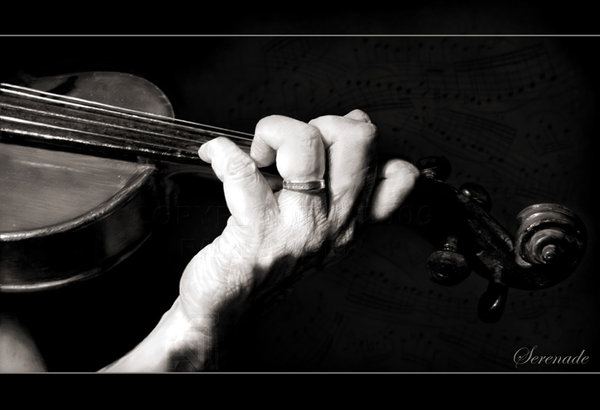
 |
Strings Made Simple |
|
Choosing an Instrument Usually your child will have a certain instrument in mind that he/she would like to play. After reading the introduction to the instruments page, here are some other things to consider when choosing each instrument: Violin- *The violin is small, lightweight, and portable. It also a very common instrument. Viola- *The viola is also small and portable, though can be a bit larger than the violin. The viola, however, is not commonly played and the clef is different than the piano and every other instrument. If your child enjoys a challenge and wants to be different the viola might be for them. Cello- *The cello is larger and harder to carry around. It will require the parent to be much more involved, and possibly having the child being driven to school to avoid the bus on lesson days. The tone however is deep, rich and beautiful. It is the second most common instrument played after the violin. Upright Bass- *The bass is very large and will require the parent to be involved with transporting the instrument to and from school. To play the bass takes a lot of strength in the hands and arms. One fun thing about the bass is that sometimes you have the opportunity to play in Jazz bands. The bass is the least played of the string instruments and there are usually a few in each orchestra if any.
Should I rent or buy? *Buying has the potential of saving money, especially if you can find a deal online or second hand. But remember that your child will grow and you will most likely have to get a larger size two or possibly three times while playing through high school. One negative side is that if your child accidentally breaks the instrument YOU are responsible for repairing and possibly replacing the instrument. *Renting is very convenient but has a monthly bill. The rental company upgrades the size as needed, repairs broken bridges when they are down, and switches out the instrument when you are unhappy with it. If you feel that your child will be rough on your instrument or that he/she might possibly quit after a short time I would recommend renting. What size do I buy? *The best way to determine what size to buy is to have your child fitted by a professional.
|